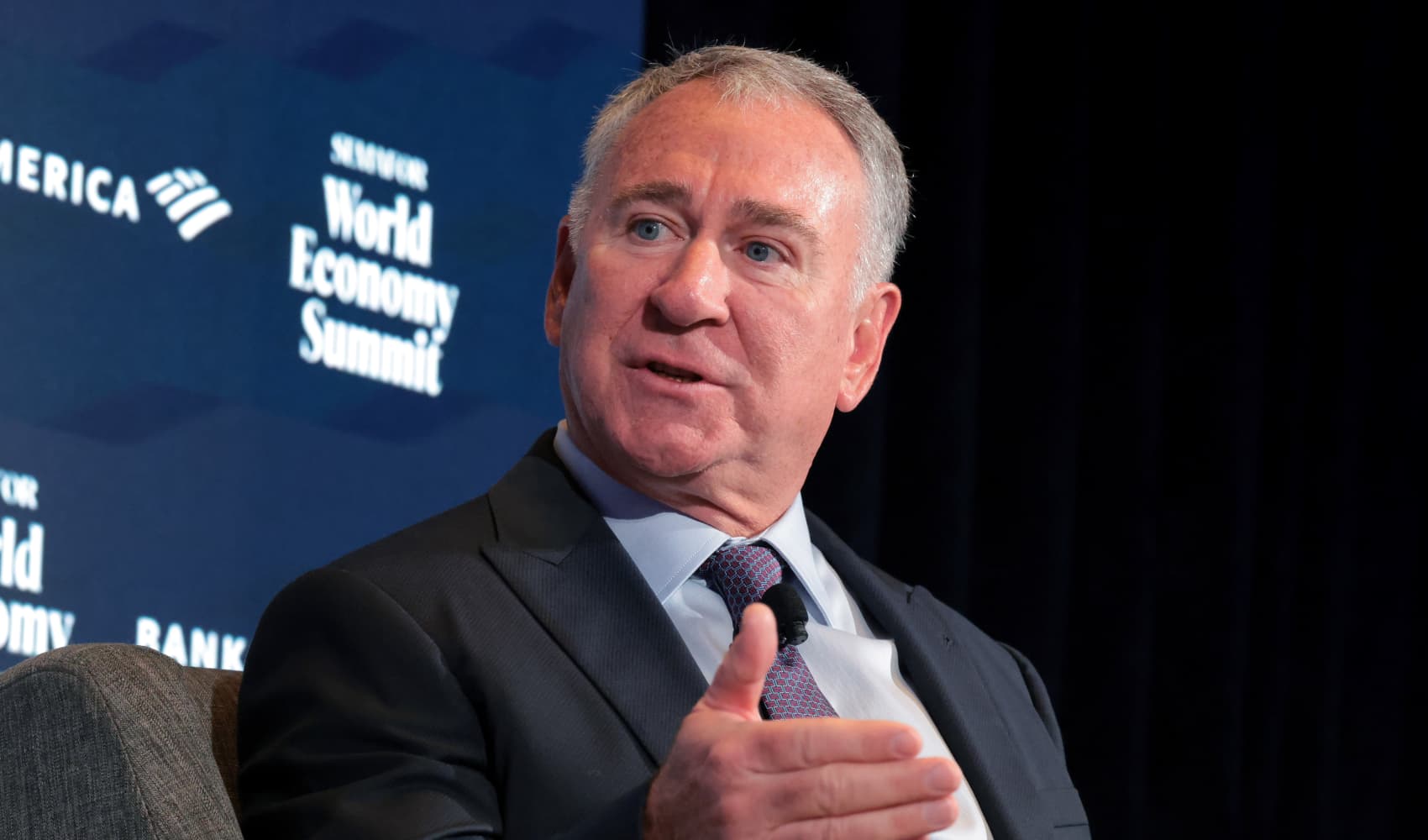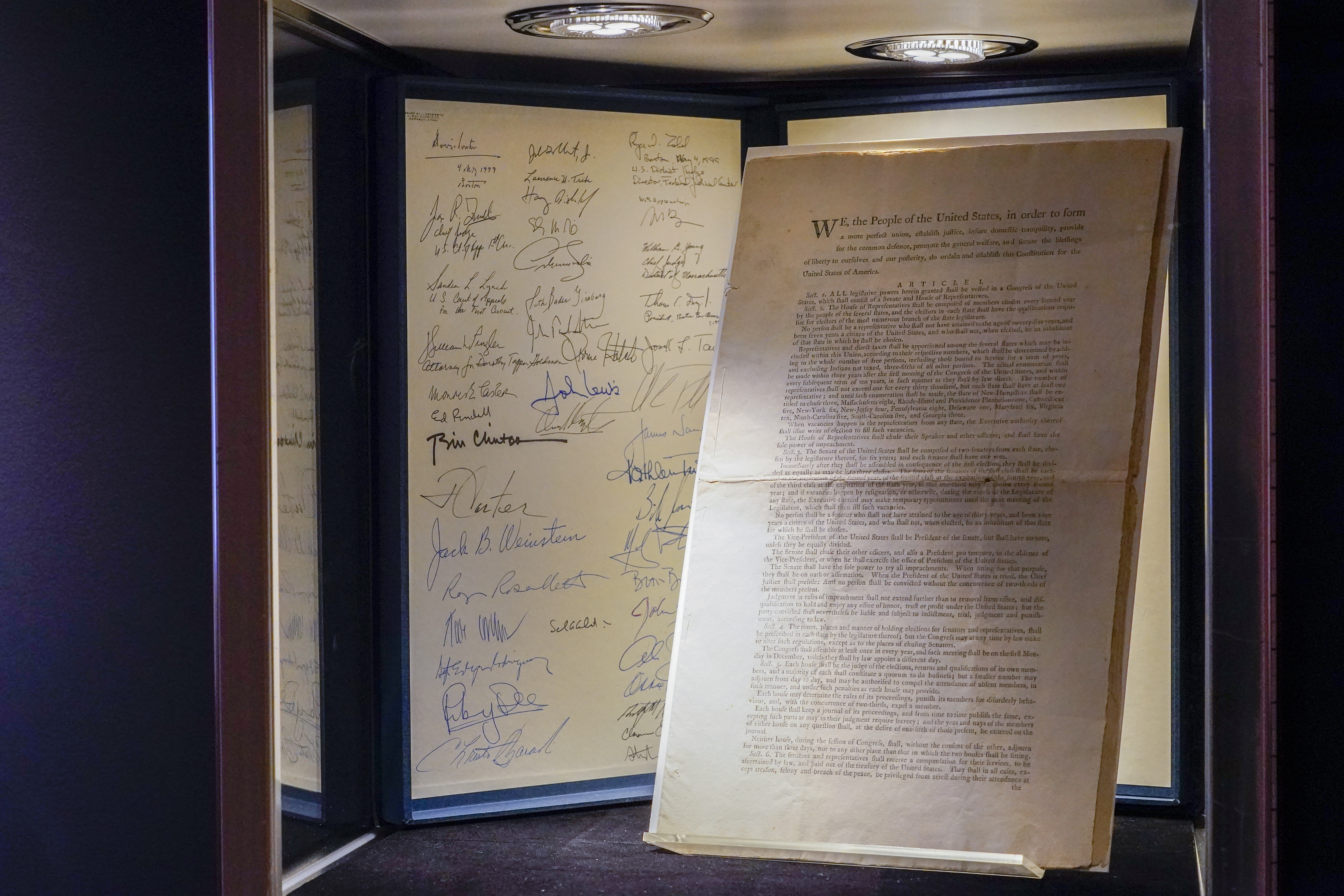Tariffs Hurt Working Class? Ken Griffin's Warning
Ken Griffin Slams Tariffs: A "Painfully Regressive Tax" on the Working Class
Introduction: Are Tariffs Really Helping Anyone?
Billionaire Ken Griffin, the influential founder and CEO of the Citadel hedge fund, has ignited a fiery debate by labeling tariffs a "painfully regressive tax" that disproportionately burdens working-class Americans. But what does that actually mean? Are tariffs just a fancy economic term, or do they directly impact your wallet? And is Griffin right – are they *really* hurting the people who can least afford it?
The Griffin Perspective: Tariffs as a Sales Tax
“Tariffs hit the pocketbook of hardworking Americans the hardest,” Griffin stated plainly on CNBC’s “Closing Bell Overtime.” He likened them to a sales tax, arguing they increase the cost of goods and services, directly impacting those with limited disposable income. Think of it like this: you buy a shirt made overseas. A tariff on that shirt's import means the store has to pay more, and guess who ultimately shoulders that extra cost? You do.
H2: Trump's Tariff Policy: A Rollercoaster Ride
Former President Donald Trump's administration implemented a series of tariffs, primarily targeting imports from China. These weren't small adjustments; we're talking about significant levies, sometimes reaching sky-high percentages. Remember the headlines, the market volatility, and the constant uncertainty? It was a wild ride for businesses and consumers alike.
H2: What are Tariffs, Anyway? A Quick Definition
Before we dive deeper, let's nail down the basics. A tariff is essentially a tax imposed by a government on imported goods and services. It's added to the price of the item as it crosses the border. The goal? Often, it's to protect domestic industries by making imported goods more expensive, thus encouraging consumers to buy locally-made products.
H2: How Tariffs Work (or Don't Work)
H3: The Theory: Protecting Domestic Industries
The idea is simple: tariffs make foreign goods pricier, giving domestic manufacturers a competitive edge. People are more likely to buy "Made in the USA" if the alternative is significantly more expensive due to tariffs.
H3: The Reality: Higher Prices for Consumers
However, the reality is often more complex. While some domestic industries might benefit, consumers often end up paying the price in the form of higher prices for everyday goods. Remember that shirt?
H2: The Regressive Nature of Tariffs: Why Griffin Calls it "Painfully" So
H3: A Tax That Hurts the Poor More
Griffin's "painfully regressive tax" label highlights a crucial point: tariffs disproportionately impact lower-income households. Why? Because lower-income individuals spend a larger percentage of their income on essential goods, many of which are imported. A tariff-induced price increase on these essentials squeezes their budgets much more than it would for wealthier individuals.
H3: Less Disposable Income: A Ripple Effect
When essential goods become more expensive, working-class families have less money available for other things like education, healthcare, or even leisure activities. This creates a ripple effect, hindering their ability to improve their financial situations.
H2: The China Trade War: A Case Study
The trade war between the U.S. and China offers a prime example of the potential consequences of tariffs. The tit-for-tat imposition of levies on various goods led to increased costs for businesses on both sides of the Pacific. While some American industries may have seen short-term benefits, many consumers felt the pinch of higher prices on everything from electronics to clothing.
H2: Retaliatory Tariffs: A Vicious Cycle
Here's another wrinkle: When one country imposes tariffs, the affected country often retaliates with its own tariffs. This creates a vicious cycle, escalating trade tensions and harming businesses and consumers in both countries. Imagine a playground argument where kids start taking each other's toys, only this time, it’s about international trade and billions of dollars are at stake!
H2: The Impact on Small Businesses: A David vs. Goliath Battle
While large corporations may have the resources to absorb some of the tariff-related costs, small businesses often struggle to cope. They may be forced to raise prices, cut wages, or even close their doors. This can have a devastating impact on local communities and the overall economy.
H2: Are There Any Benefits to Tariffs? A Counterargument
Okay, so it's not all doom and gloom. Proponents of tariffs argue they can encourage domestic production, protect national security interests (by reducing reliance on foreign suppliers), and provide leverage in trade negotiations. Some even believe tariffs can help reduce trade deficits and create jobs. However, whether these potential benefits outweigh the costs remains a hotly debated topic.
H2: The Long-Term Effects: What's the Big Picture?
The long-term effects of tariffs are complex and uncertain. Some economists worry that they could lead to trade wars, slower economic growth, and even inflation. Others believe they could ultimately lead to a more balanced and sustainable global trading system. Only time will tell what the ultimate outcome will be.
H2: Alternatives to Tariffs: Exploring Other Options
If tariffs aren't the answer, what are the alternatives? Some economists suggest focusing on negotiating free trade agreements, investing in education and infrastructure to make American businesses more competitive, and addressing unfair trade practices through international organizations like the World Trade Organization (WTO).
H2: The Role of Government: Finding the Right Balance
Ultimately, the role of government is to find the right balance between protecting domestic industries and promoting free trade. This is a delicate balancing act, requiring careful consideration of the potential benefits and costs of different policies.
H2: The Global Perspective: Tariffs in a Connected World
In today's interconnected world, tariffs can have far-reaching consequences. They can disrupt global supply chains, impact international relations, and affect the economies of countries around the world. It's a complex web of interdependence, and tariffs are just one thread that can either strengthen or unravel it.
H2: Staying Informed: How to Track the Impact of Tariffs
Want to stay informed about the latest developments in trade policy and the impact of tariffs? Follow reputable news sources, consult with economists and trade experts, and pay attention to how these policies are affecting the prices of goods and services you buy every day.
H2: Conclusion: A Complex Issue with Real-World Consequences
Ken Griffin's assessment of tariffs as a "painfully regressive tax" highlights the real-world consequences of trade policy on working-class Americans. While tariffs may offer some potential benefits, their disproportionate impact on lower-income households raises serious questions about their fairness and effectiveness. Ultimately, the debate over tariffs underscores the need for thoughtful, evidence-based policymaking that considers the needs of all segments of society. Whether you agree with Griffin or not, it's clear that tariffs are a complex issue with significant implications for the American economy and the lives of ordinary people.
Frequently Asked Questions (FAQs)
Here are some frequently asked questions about tariffs and their impact:
- What exactly is a tariff and how does it work?
A tariff is a tax imposed on imported goods and services. It increases the price of those goods, making them more expensive for consumers and businesses. The government collects this tax. - How do tariffs affect the prices I pay for goods?
Tariffs generally lead to higher prices for imported goods and, in some cases, even for domestically produced goods as manufacturers may raise prices knowing that the foreign alternatives are now more expensive. - Do tariffs create or destroy jobs?
The impact on jobs is complex and debated. Tariffs might protect some domestic industries and jobs, but they can also lead to retaliatory tariffs from other countries, harming export-oriented industries and resulting in job losses. - Are there any situations where tariffs might be beneficial?
Some argue that tariffs can be beneficial in protecting national security interests, giving domestic industries a chance to grow, or providing leverage in trade negotiations. - Where can I find reliable information about current tariffs and trade policies?
Reputable news sources like the Wall Street Journal, The New York Times, and Reuters, as well as government websites like the U.S. Trade Representative (USTR), provide up-to-date information and analysis on trade policies.

